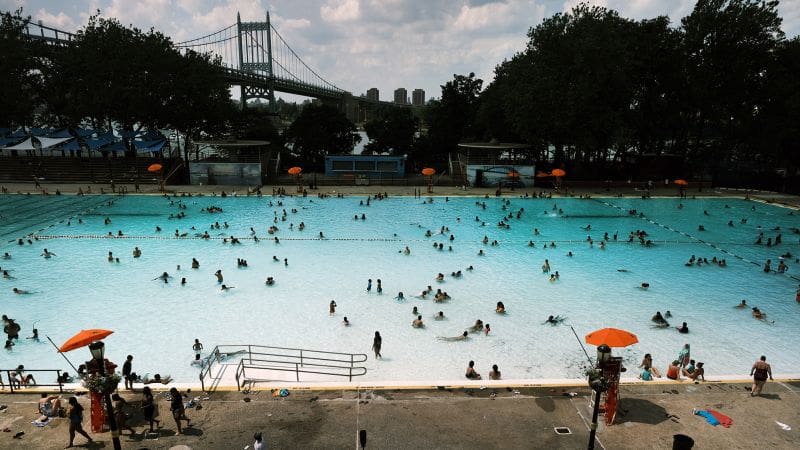
The Decline of Public Pools in America and the Impact on Communities
In the heat of summer, public pools have long been a place of respite and recreation for Americans. They have played a critical role in American culture, providing a space for people to cool off, learn how to swim, and enjoy time with friends and family. However, as climate change and extreme heat worsen, public pools are taking on an urgent public health role. Heat kills more Americans than any other weather-related disaster, and public pools offer a vital refuge from the scorching temperatures.
Unfortunately, just as public pools are becoming more important than ever, they are disappearing from sight. A legacy of segregation, privatization, and underfunded public recreation budgets has led to the decline of public places to swim in many cities across America. This has had a disproportionate impact on communities that lack access to private pools or cannot afford country clubs. The privatization of pools and recreation has hit poor and minority groups the hardest.
Louisville, Kentucky, serves as a prime example of this issue. In the early 2000s, the city had 10 public pools for a population of around 550,000. Today, there are only five public pools for a population of around 640,000. Algonquin Park pool, the only pool left in West Louisville, has been neglected by the city for years. This summer, as temperatures climb into the 90s, Algonquin is closed for repairs, leaving around 60,000 people without convenient access to the water. This has a significant impact on the community, particularly on children, teens, and seniors who rely on the pool for recreation, exercise, and mental health.
Access to swimming pools has long been a contentious issue in America. Public pools were desegregated as a result of the civil rights movement, but today, they are disappearing at an alarming rate. The retreat of government funding and the privatization of swimming pools have created a situation where recreation is increasingly happening in private spaces or in places with a lack of support. Historians and public recreation experts argue that this has disproportionately affected poor and working-class Americans.
The decline of public pools has also been fueled by the surge of private pools and swim clubs. As middle-class White families left cities for the suburbs in the mid-20th century, they built pools in their backyards or joined private swim clubs. This led to the privatization of recreation and the decline of public pools. In some parts of the South, public pools were even paved over or drained rather than integrated.
The consequences of this decline are significant. According to a 2018 study, 79% of children in families with household incomes less than $50,000 have no or low swimming ability. This lack of swimming skills disproportionately affects Black and Hispanic children, with 64% of Black children and 45% of Hispanic children having no or low swimming ability. Considering that swimming is not only a recreational activity but also a life-saving skill, the decline of public pools has serious implications for water safety and drowning prevention.
In order to address this issue, there needs to be a renewed commitment to public pools and recreation. Investments in public infrastructure, increased funding for maintenance and improvements, and efforts to combat segregation and inequality in access to pools are all crucial steps. Public pools play a vital role in communities, promoting physical and mental health, fostering social connections, and providing a safe space for all to enjoy. It is essential that we prioritize their preservation and accessibility for the well-being of our communities.
Original Story at www.cnn.com – 2023-07-22 14:43:00


Comments are closed.